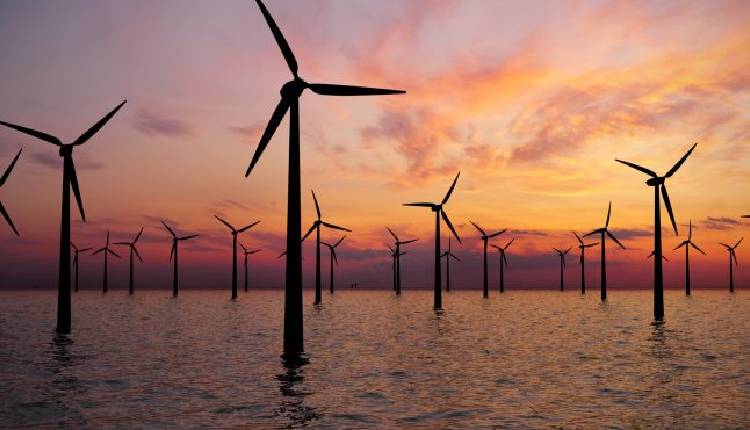For the first time on record, wind farms have led the UK’s electricity generation for two straight quarters, producing 25.3 (terawatt hours) TWh in the first quarter of 2024, outpacing the 23.6 TWh generated by all fossil fuel sources, according to energy think tank Ember’s data reported by Reuters on Tuesday.
This resulted in wind power contributing 39.4 per cent of total electricity, compared to 36.2 per cent from fossil fuels.
Combined with solar farm output, renewable sources produced a record 27.1 TWh of electricity in Q1 2024, accounting for a record 42.2 per cent of total electricity generation.
However, due to seasonal reductions in wind speeds, this figure may start to decline in the coming months. In 2023, wind generation was 46 per cent and 34 per cent lower in the second and third quarters, respectively, compared to the first quarter, and a similar pattern could occur in 2024.
Solar output, which tends to peak at around 5 TWh in the second quarter compared to just below 2 TWh in the first quarter, will offset some of the decline from wind farms.
However, as wind farms typically generate about six times more electricity than solar farms in the UK, total renewable generation is likely to decrease significantly during the middle of 2024.
To maintain stable total generation loads while minimising fossil fuel use during the summer, utilities may increase the use of electricity generated by nuclear reactors, bioenergy facilities, and hydroelectric dams.
If necessary, they may also resort to additional use of natural gas and thermal coal to meet the increased demand during the summer, which can rise due to the use of air conditioners during the hottest periods.
However, wind speeds usually increase after summer, which should allow wind farms to regain their position as the main source of electricity supply in the UK. This will aid power generators in making further progress towards their carbon reduction and energy transition goals.



